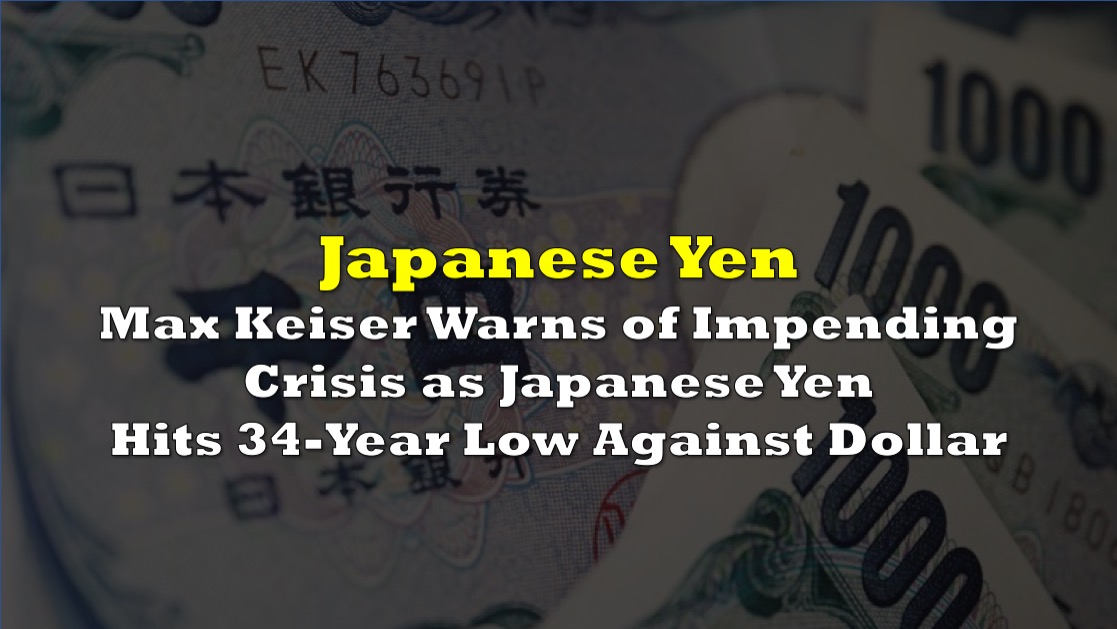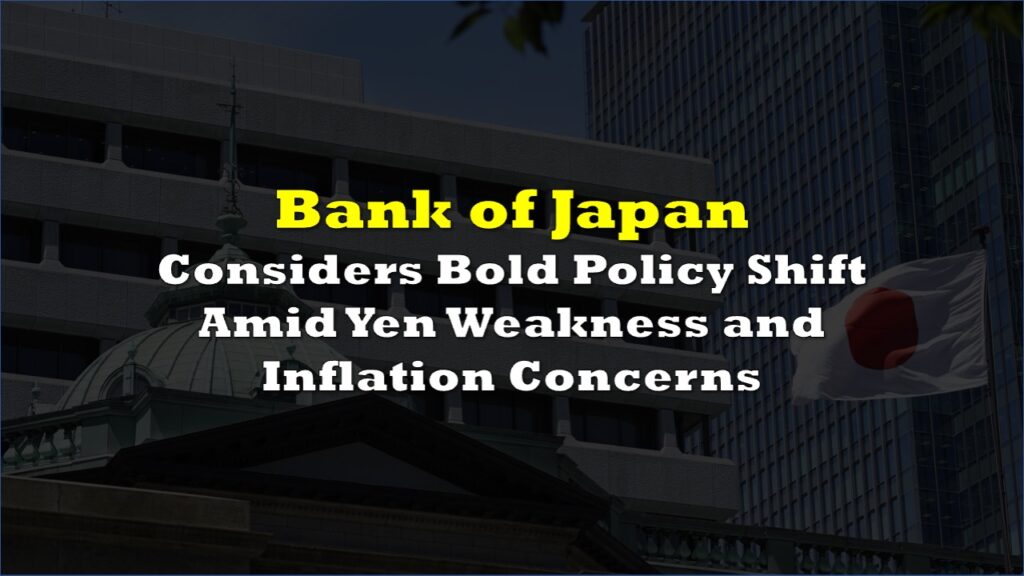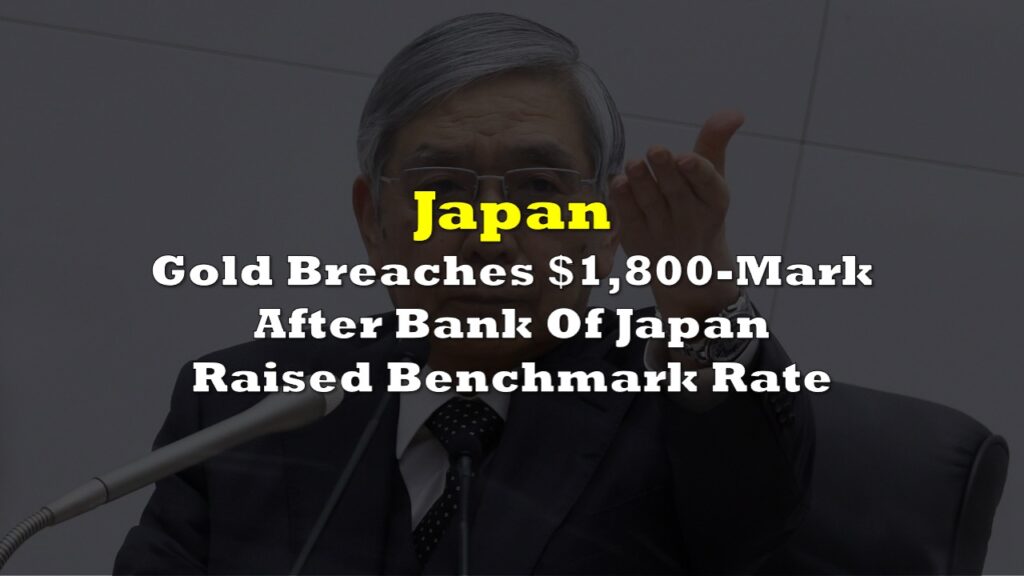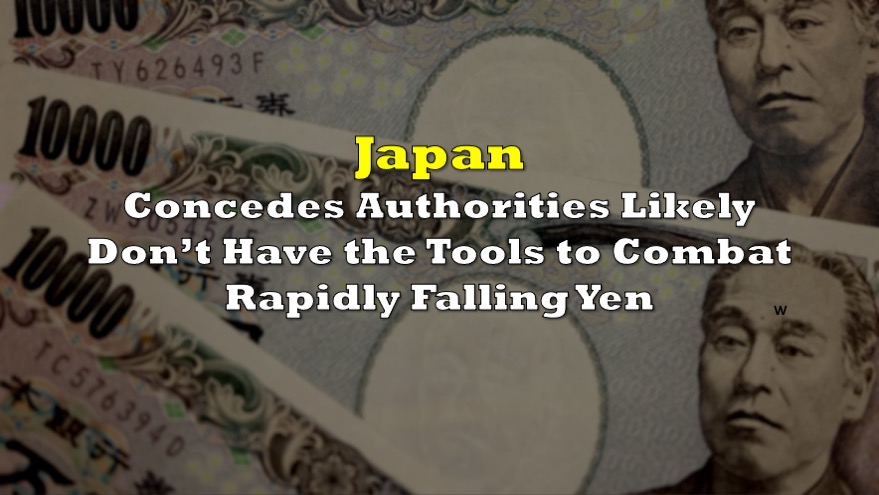Financial commentator Max Keiser has raised concerns about the potential fallout from the Japanese yen’s recent plunge to its lowest level against the dollar in 34 years. The yen breached the significant milestone of 160 per dollar on Monday, marking a concerning trend that hasn’t been witnessed since 1990.
tick, tock, tick, tock… https://t.co/ptqghFPgH2 pic.twitter.com/mk5Nt1qyfG
— TF Metals Report (@TFMetals) April 29, 2024
The depreciation of the yen comes amidst a backdrop of shifting global economic dynamics, with Japan’s currency losing nearly 25% of its purchasing power against gold over the past six months alone. Gold itself has been on a remarkable trajectory, experiencing a surge of over 13% year-to-date, outperforming major stock indices such as the S&P 500 by a significant margin.
The Japanese yen slides past 160 against the dollar for the first time since 1990
— Gold Telegraph ⚡ (@GoldTelegraph_) April 29, 2024
The yen has lost nearly 25% of its purchasing power against gold over the past six months.
Keiser highlighted the broader implications of the yen’s decline, emphasizing its role in the global financial system. He pointed to the yen-carry trade, a long-standing practice where investors borrow yen at low interest rates to invest in higher-yielding assets elsewhere, as a critical linchpin supporting global liquidity for the past three decades.
“Very few are aware of what’s going on here and the risks involved,” Keiser cautioned. “If it blows, the credit freeze of 2008 will look small.”
Very few are aware of what’s going on here and the risks involved.
— Max Keiser (@maxkeiser) April 29, 2024
The Yen-carry trade has been the lynchpin supporting global liquidity for 30 years.
If it blows, the credit-freeze of 2008 will look small. https://t.co/0Smh2gmT52
The former journalist also outlined several key factors contributing to the precarious situation, including Japan’s transition from deflation to inflation and the potential for rate increases driven by the weak yen. He also underscored the tightening spread on the yen-carry trade, warning that it could eventually squeeze to nothing, exacerbating the risk of a broader financial crisis.
Gold priced in Japanese yen has surged by 165% in the past five years as the currency sinks.
— Jesse Colombo (@TheBubbleBubble) April 29, 2024
This is a preview of what is ahead for all paper currencies — the U.S. dollar, euro, British pound, Canadian dollar, Australian dollar, etc.$GLD $XAUUSD pic.twitter.com/r9e8zfEj91
The recent slide in the yen was triggered by a stronger-than-expected US inflation reading, which dampened expectations for interest rate cuts by the US Federal Reserve. This, coupled with the Bank of Japan’s decision to maintain its accommodative monetary policy, further fueled speculation and exacerbated downward pressure on the yen.
While Japanese authorities have signaled readiness to intervene in currency markets to stabilize the yen, analysts remain skeptical about the effectiveness of such measures given the underlying macroeconomic fundamentals.
Information for this briefing was found via Japan Today and the sources mentioned. The author has no securities or affiliations related to this organization. Not a recommendation to buy or sell. Always do additional research and consult a professional before purchasing a security. The author holds no licenses.











